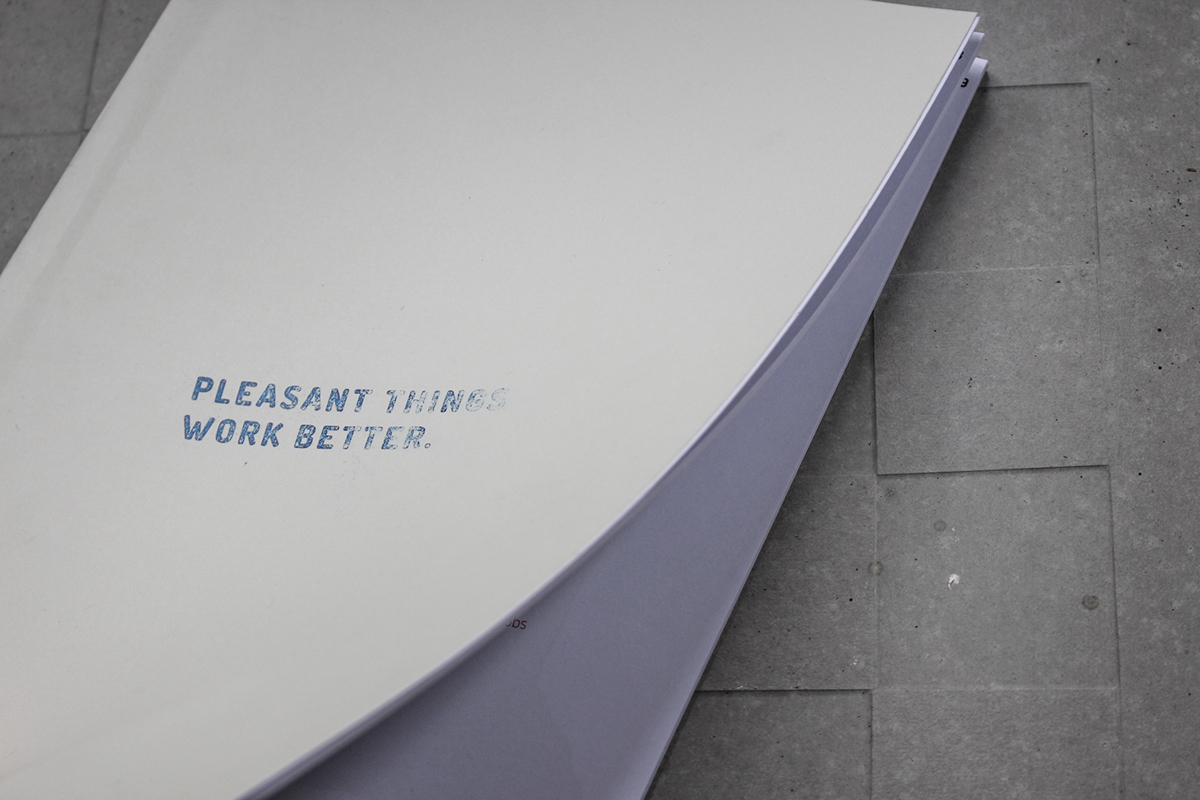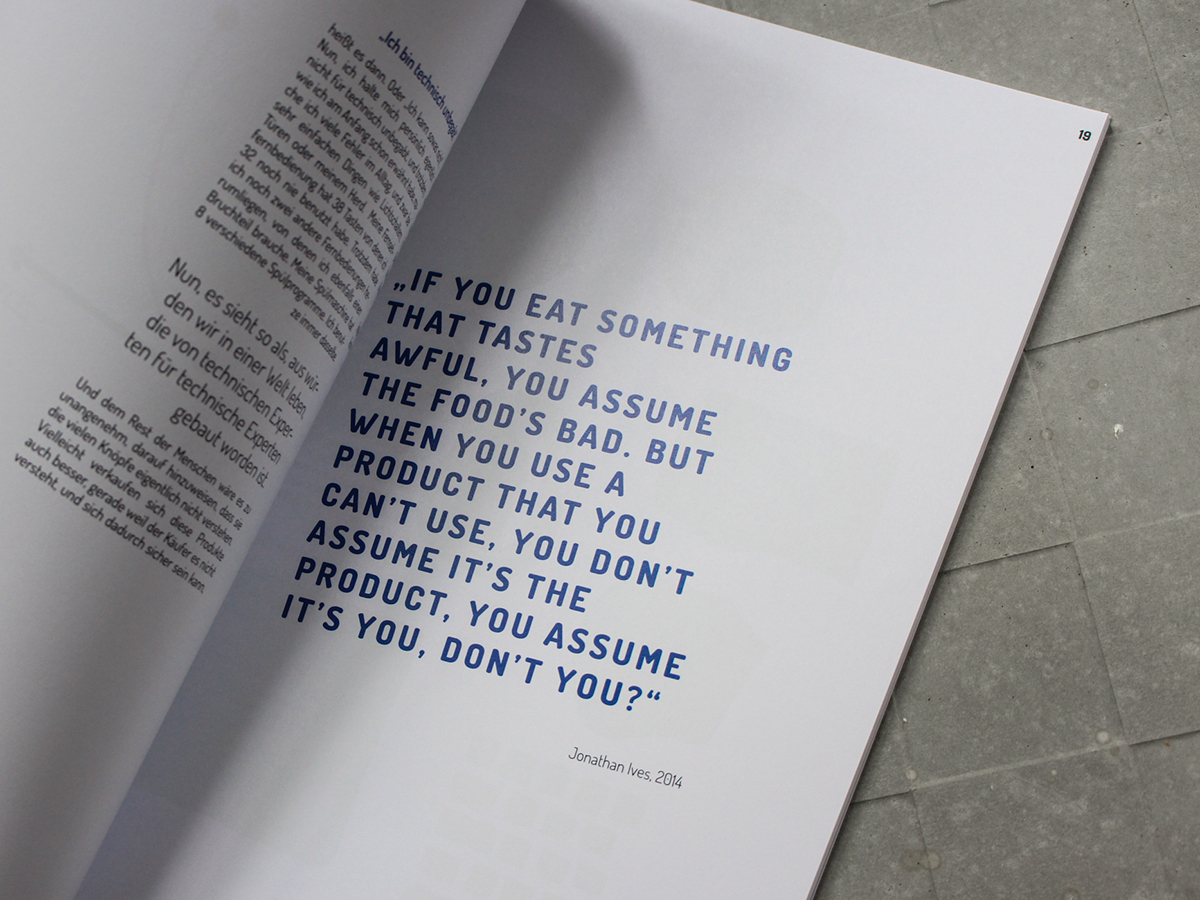
"THE SAME TECHNOLOGY THAT SIMPLIFIES LIFE BY PROVIDING MORE FUNCTIONS IN EACH DEVICE ALSO COMPLICATES LIFE BY MAKING THE DEVICE HARDER TO LEARN, HARDER TO USE. THIS IS THE PARADOX OF TECHNOLOGY"
– Don Norman, The Design of Everyday Things (1988)
Some products are annoying. Particularly technical things can freak us out. They won't do what you want them to do and won't tell you what to do. In my diploma thesis "Interacting with Things" I tried to find out why technology can be so frustrating and how to design hassle-free products.
During the thesis, I worked on three product design projects, which are presented seperately:

I. PHASES OF ADOPTION
When new technologies emerge, they're only used by technically-minded enthusiasts. To make products accessible to a broader range of consumers, they must be rethought and focussed on what they can do for people. In the 20th century, companies like Apple, Braun or Olivetti created design classics, that brought complex technologies into everyone's homes, by refining the user experience and making the products personal, mobile and desired by the consumer.

II. THE AGE OF THE «SMART»

It's the age of the smartphones. Like no other technology in the recent decades, they become part of our lives. Services offered in the internet allow us to do really complex stuff in no time, with no effort and in pleasant ways, for instant sell a bike to someone, find directions in foreign places and do business on the go. Static information that was bound in books and maps is now fluid and accessible form everywhere at everytime.
But these developments also must be viewed critically.
Even these miracle-machines have their down-sides. We all know people who are sunken into their Smartphone screens, absorbed by virtual worlds. And form time to time, we've been that person.
All the Apps and Services are good and useful on their own, but to take care of everything only with our phones is distracting us from the outside world and our environment. Interactions with screens demand an enourmous amount of concentration and leave the human motor functions and haptics unused.
III. TODAY'S ELECTRONIC DEVICES

As digital services become more popular, manufacturers of electronic devices are trying to modernise their products by integrating screens and touch displays. These products often gain flexibility and versatility, but also lose usabilty and simplicity.
"PHYSICAL FEEL MATTERS. WE ARE, AFTER ALL, BIOLOGICAL CREATURES"
– Don Norman
This is where the paradox of technology kicks in. Devices become incredibly complicated. Microwaves, Remote Controls, TVs, Cars, Ovens, Printers, Coffee Machines – they all have features that the majority of the owners never use. That is because they don't know how or why, and they're not willing to spend time and energy to learn how to use something. Especially in the days of streamlined services and apps, that make life so easy without instructions or efforts, it seems ridicilous that one has to read a user's guide to heat up some food.

IV. GOALS
Is it possible to transfer the quality of a digital user experience on an everyday object?
Can we use physical feel to improve digital experiences?
Are we able to make the information and the opportunities of the internet more tangible and experience them in physical things?



